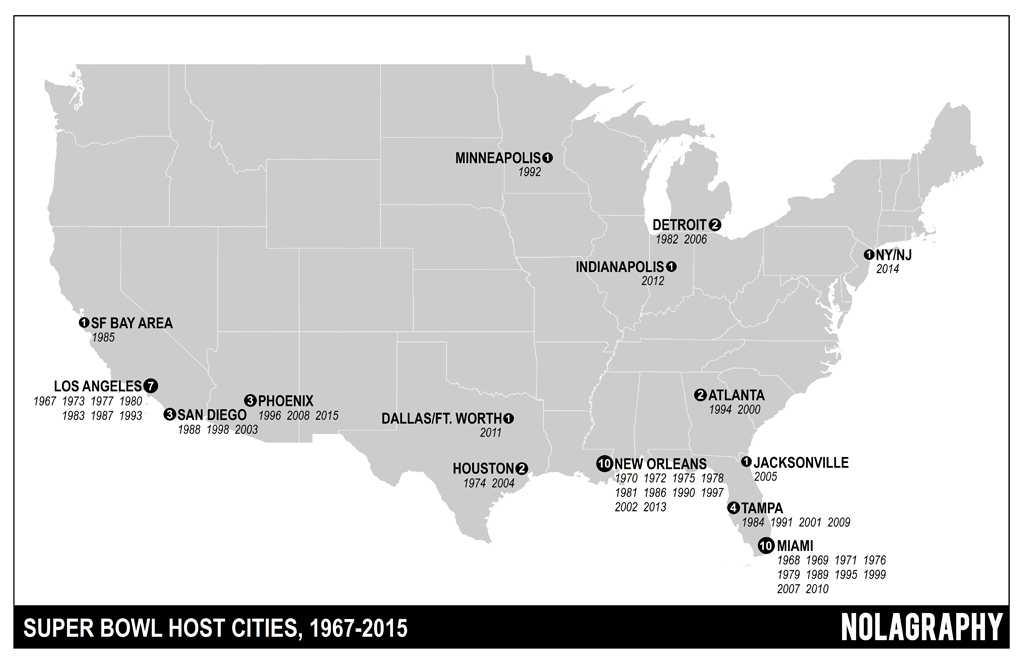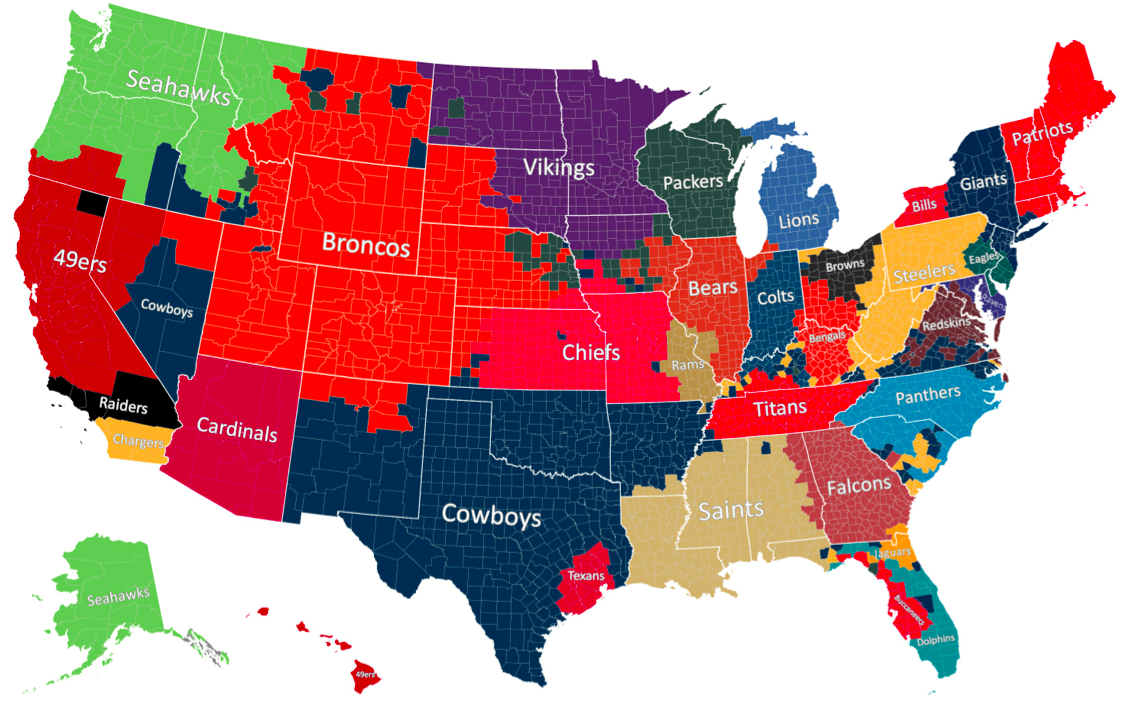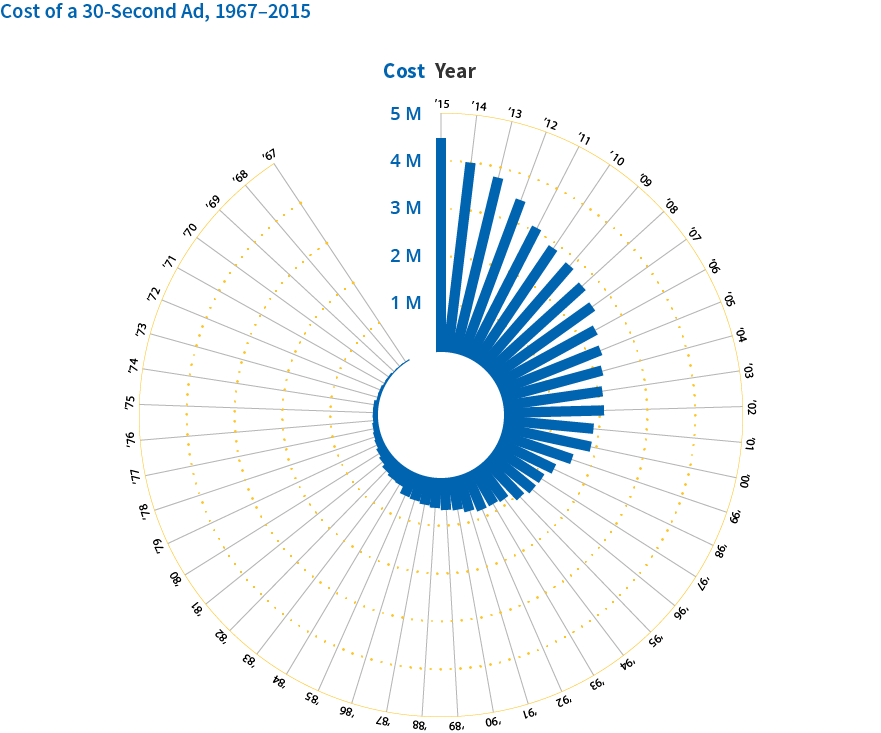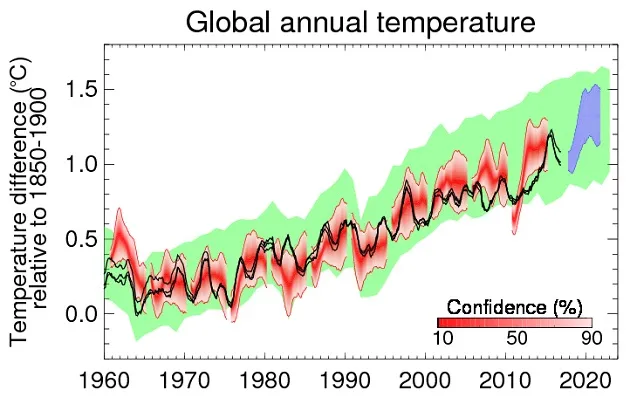
We could breach key limit set in Paris agreement by 2022
British scientists have released a jarring forecast which says global temperatures could reach 1.5°C above pre-industrial levels by 2022. If that happens, it would be a violation of the temperature guideline set out in the Paris climate agreement.
In 2015, at a summit in Paris, 200 nations had agreed to work toward keeping the world’s average surface temperature well below 2°C, setting 1.5°C as the aspirational ceiling. But according to the UK Met Office, the annual global average temperature is poised to exceed 1°C in the next five years. And there’s a 10% chance that at least one of these years (2018-2022) could see temperature reach 1.5 °C above pre-industrial times of 1850-1990.
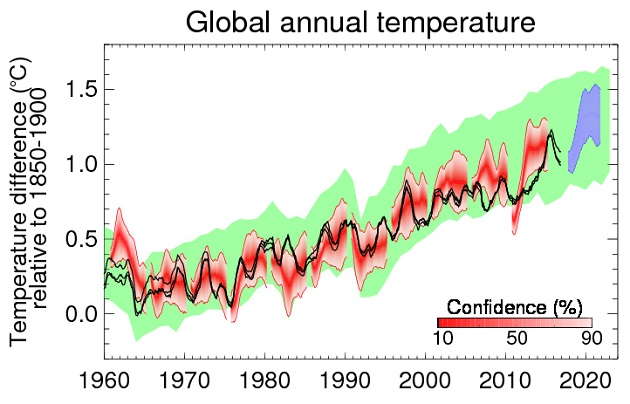
Black, observed temperatures; blue, probable range from decadal forecasts; red, retrospective forecasts; green, climate simulations of the 20th Century. (Courtesy: UK Met Office)
“Given we’ve seen global average temperatures around 1°C above pre-industrial levels over the last three years, it is now possible that continued warming from greenhouse gases along with natural variability could combine so we temporarily exceed 1.5°C in the next five years,” warns Prof Stephen Belcher, Chief Scientist, UK Met Office.
To be more precise, the scientists expect the global average temperature to hover between 0.96°C and 1.54°C during the next five years. Spatial patterns have indicated likely enhanced warming over much of the globe, especially land areas at high northern latitudes.
This report paints an even grimmer picture than the one sketched by a recent draft UN report. A panel of experts at the United Nations is convinced that with the present pace of global warming and the plans put forth by nations to limit their greenhouse gas emissions, average temperatures will reach 1.5°C by the 2040s.
Why is the 1.5°C temperature limit important?
Why 1.5°C has been set as the danger level in the fight against climate change is because, beyond that mark, it would become impossible to save the 29 coral reefs on UNESCO’s World Heritage List which are facing existential threats. These globally significant reefs have a combined social, cultural and economic value of $1 trillion.
Limited global temperatures to 1.5°C is also important to safeguard people against extreme weathers like heat waves, droughts and floods. It will also keep a check on the rising sea levels from the ice melt in Greenland and West Antarctica.
Now see: Top 11 maps that ultimately explain climate change and its impact








